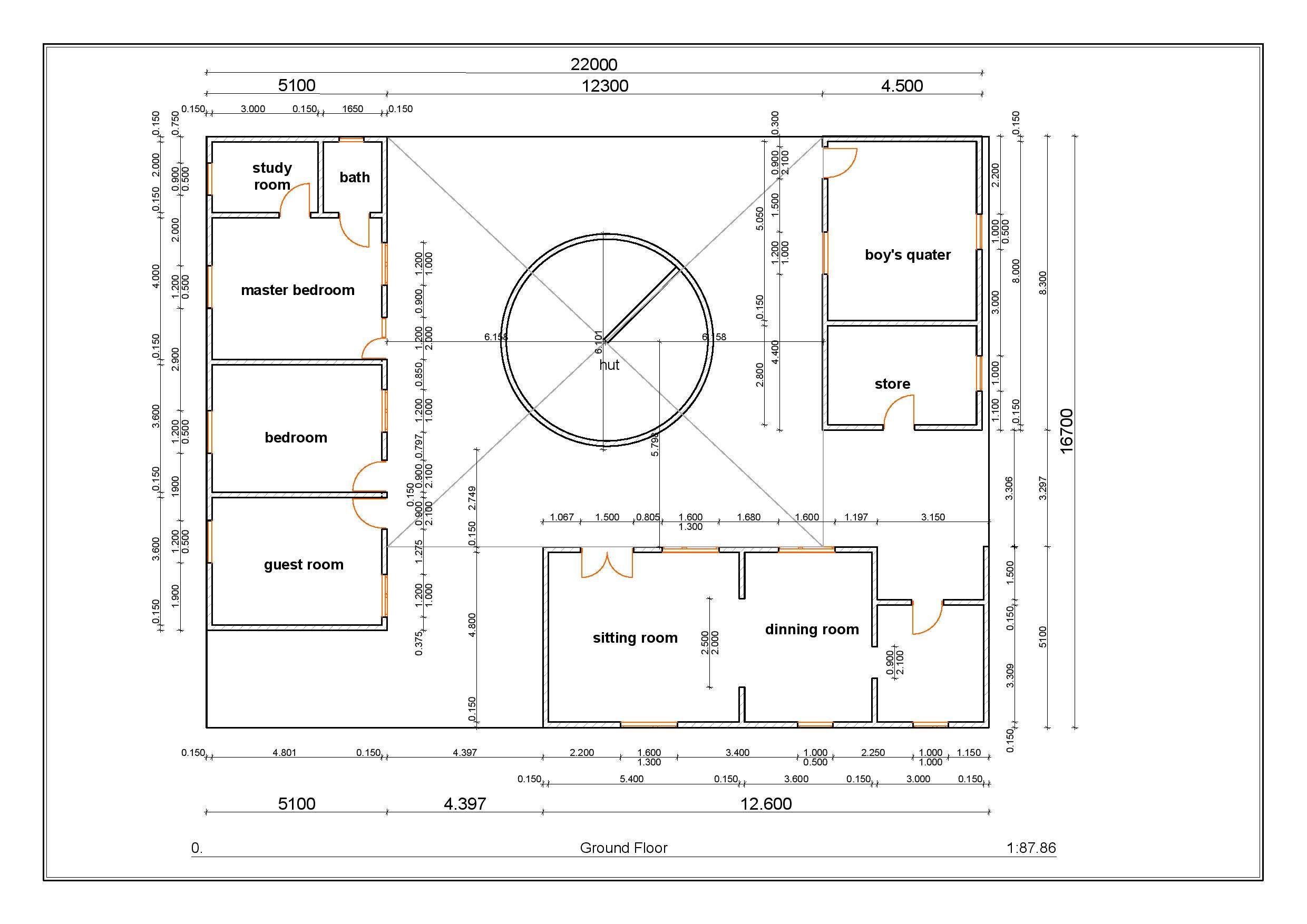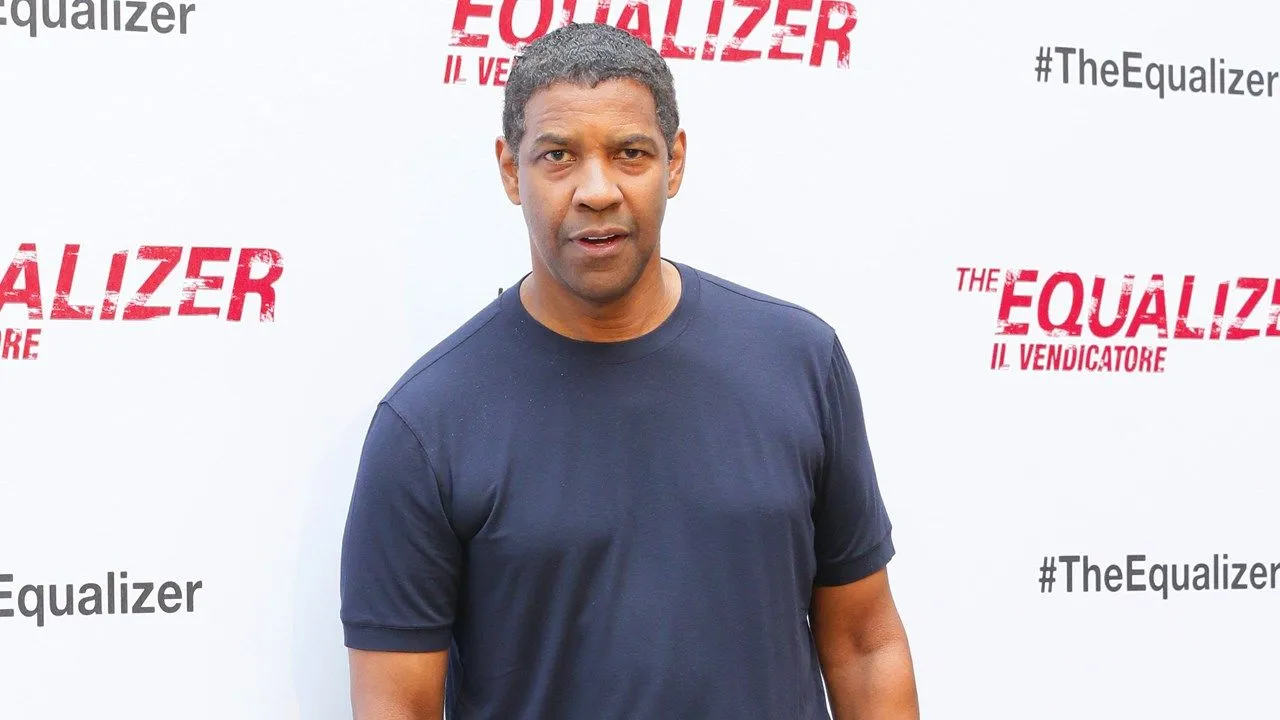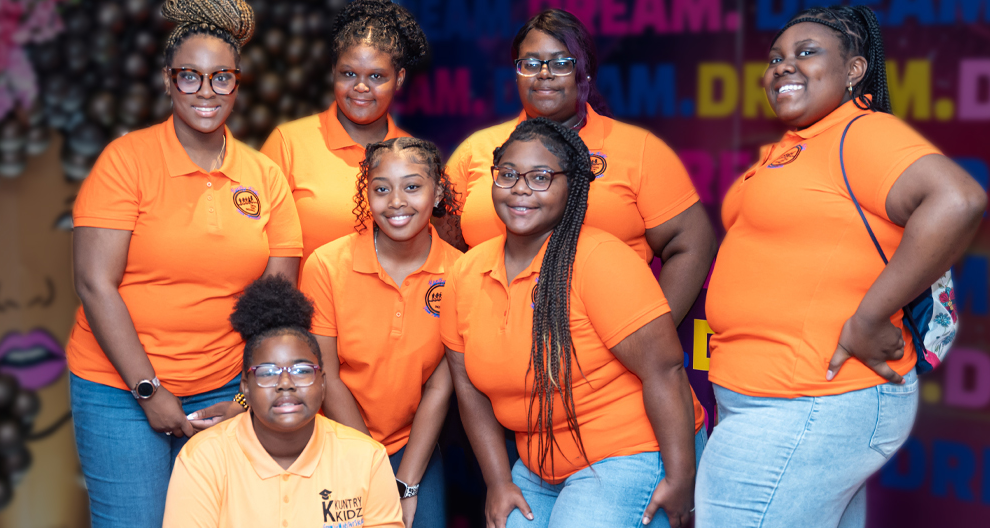Amat-ki-Meya building plan
“We want this building project to be a case study for all civil engineers in Africa to study and find out for themselves, that it is still possible to demystify the myth that building a house is expensive. It is still possible to own a decent and affordable retirement home in the remote villages in Africa instead of retiring in urban setting where burials are no longer permitted. Coffins of most of those who settled in urban areas are in most cases buried in deliberated rural homes because they never planned for their burial sites. I advise all that it is not necessary to waste valuable cements to build during hot seasons. You simply use a mixture brown soil found about four inches below the black soil on the surface, sand and a small quantity of cement, which can last longer than the common mixture of cement and sand”
KITGUM-UGANDA: It was on Monday, November 09, 2020m, two days after I celebrated my sixty-eighth birthday, that my good old friend, General Caleb Akandwanaho, popularly known by his National Resistance Army (NRA) bush war name Salim Saleh, surprised me by contributing UGX 10 million (about US$ 2740) towards the construction of my retirement home in my village, Ayuu Lupur, Palabek Gem sub-county in the Uganda-South Sudan border, Lamwo district. I was born here sixty-eight years ago.
This village is very significant to me because it was here that I grew up as the only son and child of my parents. This is where I played childhood games like dini-dini (/dini-dini/) and tanga-tanga-leo (/tanga-tanga-leo/). It was here that our first born, Loum, was poisoned before I was born by one of the jealous families living in this large homestead because he was the only child in the entire neighborhood, who was going to school. He was already in Primary three at the only local Di-Cwinyi (/Di-Cwinyi/)—the Native Anglican Church (NAC) School.
He had just returned home from School at around 03.00 PM local time (around 01.00 GMT); he was fairly hungry as the school is about five kilometers away from my village—very far for a child of less than ten years who had to walk barefooted, in a short time. He found my parents away, tending to their family garden. The supposed to be a Good Samaritan offered him an already poisoned simsim paste and boiled cassava to eat while he waited for my parents to return from the garden. My parents, especially my father was utterly devastated as his grandfather and father were killed in a similar fashion from Pela parish, Omiya Anyima (/Omiya Anyima/) sub-county in Kitgum district around 1912.
I was told by my grandfather, Lajur, before he died and instructed his wife, Lalweny (/Lalweny/), to kill one bull from the family kraal, roast it and then leave Pela with all his children to seek refuge to Palabek , where his sisters, Anyangom (/Anyangom/) and Lagitin (/Lagitin/) were married. The meat and wild honey was their only food in the over eighty-kilometer but dangerous journey. They survived an inter-clan ambush in a fight between the Chua and Akara clans. But because one of the warriors on the Chua clan knew Lalweny and her orphaned children, they were reportedly given protection and escorted to safely up to Kitgum town, before returning to the frontline.
When Lalweny and her children arrived to the family where her sister-in-law, Anyangom was married to a man, simply called Laker of Putwok sub- clan of Ayuu, in Palabek Chiefdom, they were warmly received by the family and all the six sub-clans of Ayuu. As a token of welcome, Lalweny was offered a large expense of land where she eventually settled, which to be conservative, can be over 500 hectares in size. This is where the three of us were born to our parents, the other two being my elder brother, the late Loum and my younger sister the late Laker Clarice.
This is the place where I conceived the idea of putting Amat-ki-Meya (/Amat-ki-Meya/) building, my retirement home, way back on Saturday, June 15, 2015, in the abandoned Ogom homestead, my birth homestead, after recovering from a ten year-old illness, which nearly claimed my life. This is where I will also be buried next to the grave of my late brother, which I found preserved by planting stone slabs around it. This is my treasure grave.
Amat-ki-Meya building project derived its name from my fond Amat-ki-Meya well, which was the source of water for daily domestic use by the families living in Ogom homestead by the time I was born on Saturday, November 07, 1952 up to the time when my father decided to relocate his family to Palabek Kal Trading Center on December 1959 to enable me join schooling in primary one in January 1960 at the same school where my late brother went to. The name Amat-ki-Meya is an Acholi phrase, which simply means “I drink together with my Love”. I also think my father wanted to prevent me from being poisoned as his father, grandfather and my elder brother were poisoned because of jealousy since I was also being sent to begin education, which most families in Ogom don’t value.
My close relationship with General Salim Saleh began on Sunday, November 07, 1997. It was my forty-fifth birthday and I was resting on the verandah on The Monitor Publication regional Bureau on Plot No. 20, Andrea Olal Road. I was the un-appointed Bureau Chief after the substantive holder of that office, after the late Charles Balmoi had passed on the same year.
General Salim Saleh was then the Special Presidential Advisor on Military and Political Affairs to his elder sibling, President Yoweri Museveni, in the hot and bloody Lord’s Resistance Army (LRA) rebellion in the region. I was the only senior Monitor correspondent covering war by then.
General Salim Saleh sent an army vehicle to pick and take me to his resident at the Forth Division of the Uganda People’s Defense Forces barracks located on the western suburb of Gulu City to meet him. Since I had been trying to meet him on a one-on-one basis over the plight of the displaced and terrified community of Palabek, whose over 400 sons and daughters were slaughtered in cold blood by the LRA in January 1997 in Lamwo district. Some locals took refuge at Palabek Kal Trading Center in dire conditions that needed relief assistance; but I never hesitated to go with the soldiers.
The main reason General Salim Saleh invited me was to unveil his new “Salim Saleh Foundation for Humanity”, a Non Governmental Organization, which had twenty different projects meant to economically empower small holder land owners in Acholi sub-region to optimally utilize their land for commercial agriculture instead of empowering large scale commercial farmers who want to take over land for mass large scale farming by a few investors. The story was eventually published in the Daily Monitor of Wednesday, November 10, 1997. (visit: www.monitor.co.ug/‘Saleh to invest in Gulu’ of Wednesday, November 10, 1997).
I never had another opportunity to meet General Salim Saleh again until Monday, November 09, 2020 during an exhibition for all my articles ever published in the Daily Monitor between 1993 and 2005, which was organized by the Kitgum-based National Memory and Peace Documentation Museum/Center, a project of The Refugee Law Project of Makerere Univesity, Faculty of Law. The event was to recognize my contributions to the dissolution of the LRA senseless war which had come to an end about thirteen years ago.
The idea to get photocopies of all my published articles came to me on Saturday, February 06, 2018 after President Yoweri Musevevi awarded me with the Uganda Independent Medal during the National celebration held at Kitgum Core Primary Teachers’ College to commemorate the day the NRA launched its bush war with only 27 guns on February 06, 1981 and managed to capture state power five years later; and has ruled the country un-interrupted since then.
I thought on that day that if the National Awards Committee can recognized me with the award of a medal, then I should leave some permanent records of my stories to help young and future generation of scholars, historians, researchers and the general population, bounded copies of my articles as references to those interested in studying the LRA rebellion in book forms as permanent records of my works as a journalist even long after I passed on to the next world.
Since I had no savings on my own, I approached The Manager of the Memorial Museum in Kitgum with a small concept note, Mr. Francis Nono, and he immediately bought the idea of publishing them into small books. The idea of the exhibition originated from him. We settled on November 09, 2020 for the exhibition to a small group of people by restricting the number due to COVID-19 guidelines. I proposed my old friend, General Salim Saleh as the Chief Guest and my friend Francis, who went to Gulu Public School together with my children was doubly excited with the choice. The General was equally excited on getting connected to me after over twenty-three years since we last met.
When he eventually shook my hand on Monday, November 09, 2020, he simply exclaimed: “We can’t even hug!” I think in his mind, he was cursing CORONAVIRUS inwardly as we took a moment holding our hands.
On Sunday, December 13, 2020, one of the two civil engineer partners, Mr. Rafael Akaka-Ladoo, a lecturer at the Omoro-based Bobi Poly Technical Institute went to inspect the already raised foundation of Amat-ki-Meya building project which he and his business partner, Mr. Vincent Komakech, drew the plan for the four separated structures of my Amat-ki-Meya retirement home. They had also set the plan on the ground to guide mansions who would eventually excavate and do the actual putting of bricks on top of one another.
“We want this building project to be a case study for all civil engineers in Africa to study and find out for themselves, that it is still possible to demystify the myth that building a house is expensive. It is still possible to own a decent and affordable retirement home in the remote villages in Africa instead of retiring in urban setting where burials are no longer permitted. Coffins of most of those who settled in urban areas are in most cases buried in deliberated rural homes because they never planned for their burial sites. I advise all that it is not necessary to waste valuable cements to build during hot seasons. You simply use a mixture brown soil found about four inches below the black soil on the surface, sand and a small quantity of cement, which can last longer than the common mixture of cement and sand”, concluded the technical educationist.








